By Kent D. Shifferd
This is a very complex, knotty problem and it’s going to take all of us to develop a coherent, workable strategy. Here are few ideas for the pot including some thoughts about time frames, the general demeanor of the organization and the four activities that it should undertake and funding.
To End War
We need to plan for the long haul. If we adopt too short a time frame, failing to meet the deadline will damage if not kill the cause. The good news is that we are not starting from scratch. Over two dozen movements trending the world away from war and toward a peace system have been underway since the early nineteenth century. (Shifferd, From War to Peace. See also literature from the War Prevention Initiative.) Our approach needs to be comprehensive and systemic since the support for war is comprehensive and systemic. Wars are generated by the whole culture. No single strategy however crucial, such as advocating nonviolence, will be sufficient.
Our task, which I believe we can accomplish, is to change a whole culture. We must change the ideational aspect of the war culture, its beliefs and values (such as, “war is natural, inevitable and useful,” nation states deserve the highest loyalty, etc.) and its institutional structures. The latter include not only the military industrial complex but education (especially ROTC), religion’s support for war, the media, etc. Ending war will involve our whole relationship with the environment. This is a daunting task that will only be finished by others after our lifetimes. Still, I believe we can do it and there is no more noble occupation we can undertake. So, how do we do it?
We need to identify the change points in society.
First, we need to identify and work on/with the decision makers who can and do trigger wars, the global political elite of presidents, prime ministers, ministers, parliamentarians and dictators. We need to do the same with revolutionary leaders as well.
Second, we need to identify those who can put pressure on them and these include the media, clergy, business leaders and the masses of people who will fill the streets. We can best do this in two ways, first by presenting an alternative view of the future and, second, by avoiding negativity. I believe that most leaders (and most people) support war because they have never had the chance to think about a world without war, what it would look like, what benefits it would bring to them, and how it could be achieved. We are so deeply embedded in our warist culture that we have never thought outside of it; we accept its premises without even realizing it. Dwelling on the negative aspects of war, how terrible it is, is not very useful. Most people who support war, even those who trigger it, know full well how awful it is. They just don’t know any alternative. I am not saying we should never point out the terrors, but we need to put most of our emphasis on a vision of just and peaceable world. Nor do we need to disrespect the warriors—to call them “baby killers,” etc. In fact, we need to recognize and honor their positive virtues (which we have in common with them): a willingness to sacrifice themselves, to give their lives for something greater than mere material gain, to transcend individualism and belong to a larger whole. Not many of them see war as an end in itself, but as a means to peace and security—the same ends we are working for. We will never get very far if we condemn them out of hand, especially since there are so many of them and we need all the helpers we can get.
Third, we need to identify and work to strengthen the institutions of peace including the UN, the international courts, departments of peace, and nongovernment peace organizations such as the Nonviolent Peaceforce and thousands of other citizen organizations. These institutions are the mechanisms for creating a world without war.
So what does the organization we are proposing/birthing actually do? Four things.
One, it acts as an umbrella organization for all peace groups, providing a central clearing house for information. It’s a news organization, gathering the stories of what others are already doing and disseminating them so we can all see all the good work that is going on, so we can all see the pattern of an emerging peace system. It coordinates events world-wide, even initiates some of them. It pulls all the strings together so that we can see there is a global campaign going on.
Two, it provides benefits to the organizations already working in the field, including ideas, literature and (this should be controversial!) funding. Where various peace campaigns seem to be on the tipping point we provide funds to push them over the edge. (See note on funding below.)
Three, it is a lobbying organization, going directly to the decision-making and decision-influencing elites: the politicians, media heads and columnists, university heads and Deans of Teacher Education, prominent clergy of all faiths, etc., bringing our alternative vision into their minds.
Four, it is a public relations firm, disseminating brief messages via billboards and radio spots to the general public, creating a sense that “peace is in the air,” “it’s coming.” This is what I mean by a comprehensive strategy.
The vision statement needs to be written not by us academics, though we will contribute content to it. But final copy needs to be written either by journalists, or better yet, authors of children’s’ books. Simply worded, graphic, direct.
As an organization the campaign will need a sponsors (Nobel Laureates) director, staff, a board (international), an office, and funding. It could well be modeled on the Nonviolent Peaceforce, a very successful enterprise.
[A note on funding. A two level strategy comes to mind.
One, a simple thing that a number of organizations do—collection boxes for individuals and placed in public places. A “Pennies For Peace” campaign. Each night when you empty your pockets, the change goes into the slot and when it’s full, you write a check.
Two, we go to the new financial elites, the new wealthy who have made their colossal fortunes in the last 30 years. They are just now becoming philanthropy-inclined. (See Chrystia Freeland’s book, Plutocrats). We will have to figure out how to gain access, but there is huge wealth there and they are just now looking for ways to give back. Besides, war is bad for most businesses and this new elite tends to think of themselves as citizens of the world. I don’t think we should be a membership organization and try to raise funds that way because it would compete with the many organizations with which we would want to partner.]
So there are a few ideas as grist for the mill. Let’s keep grinding.

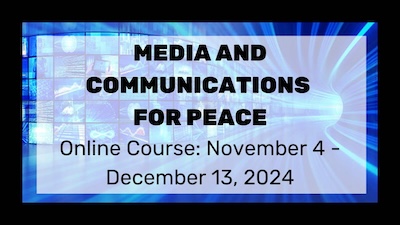

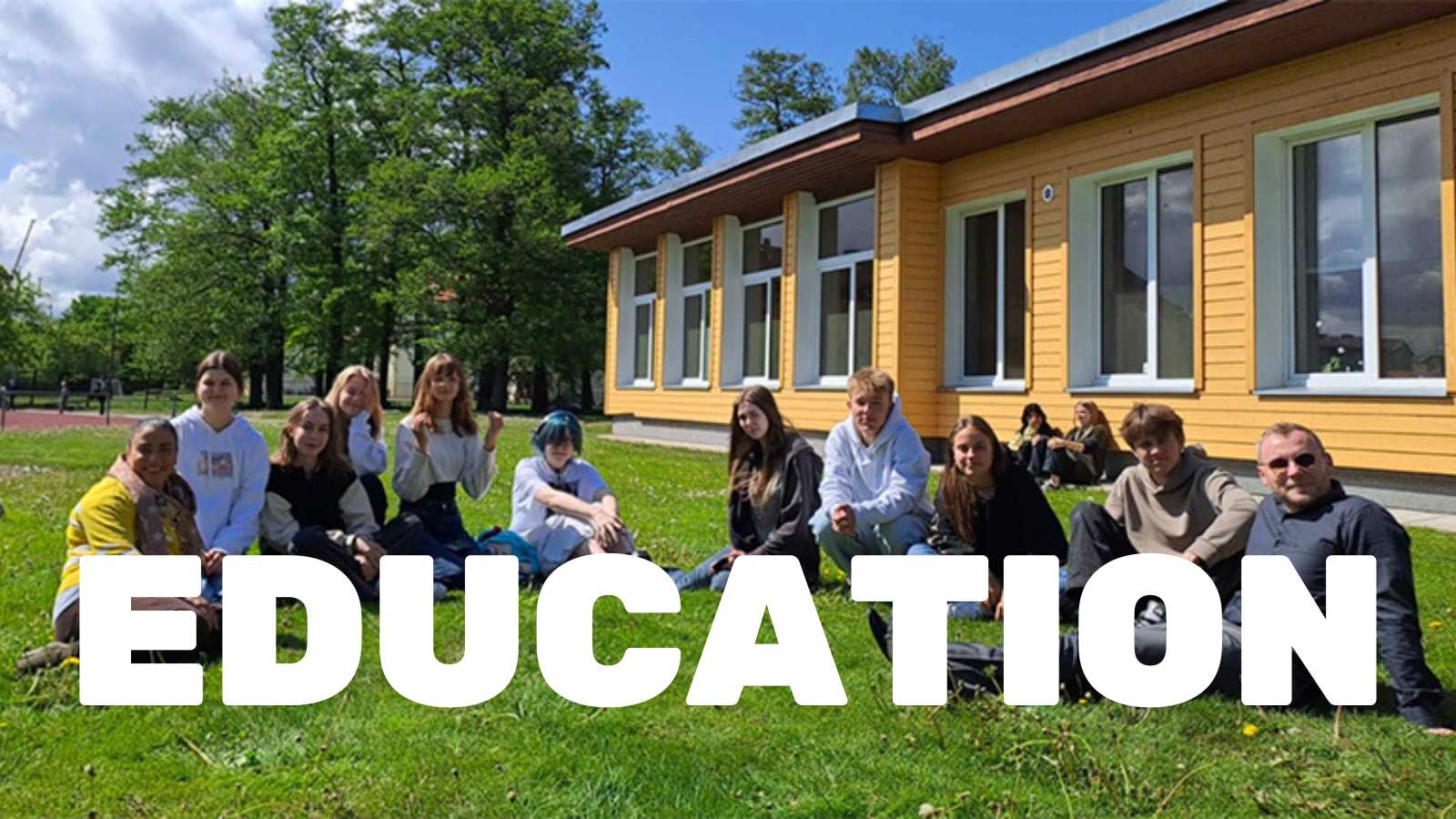
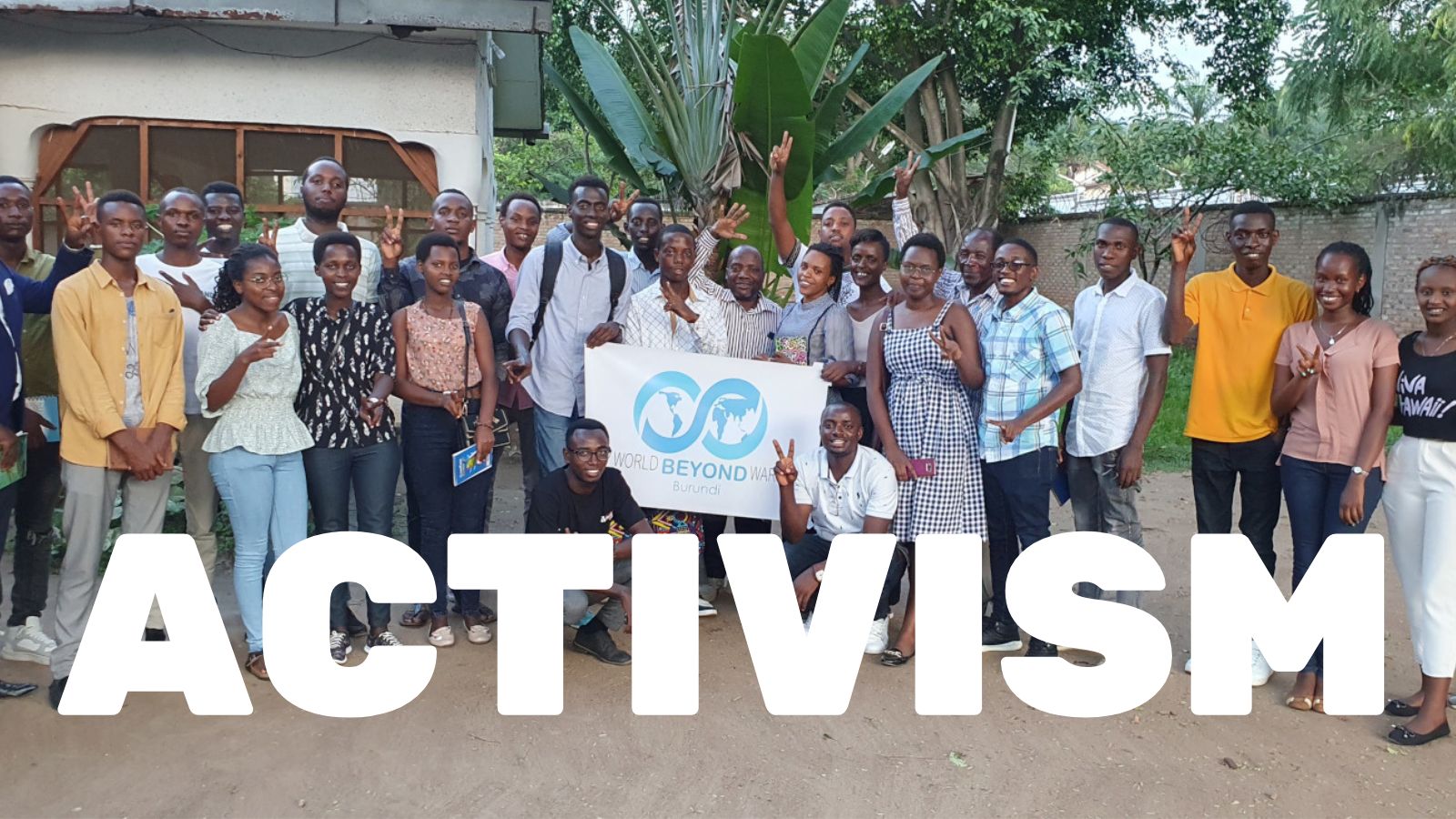
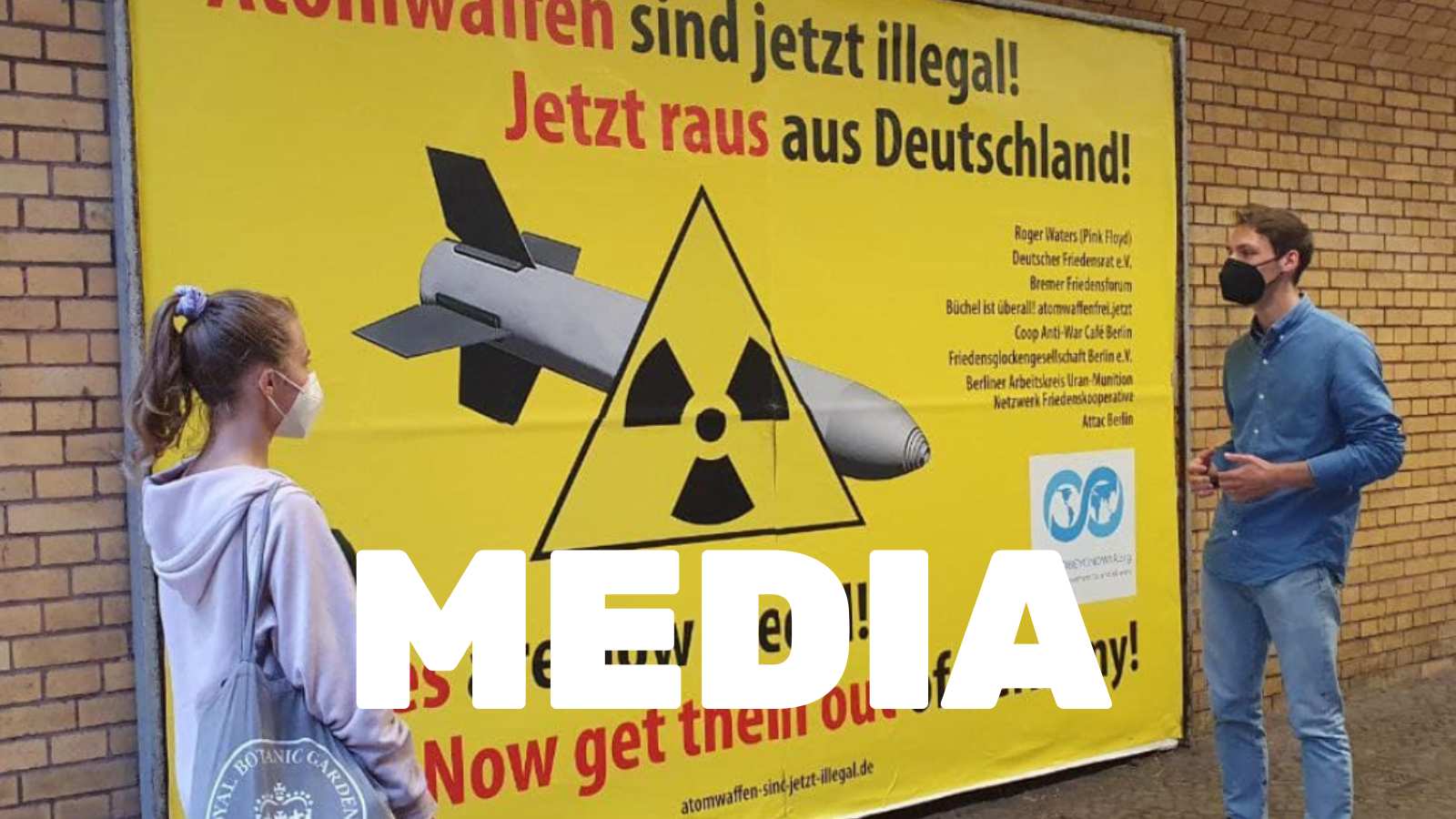
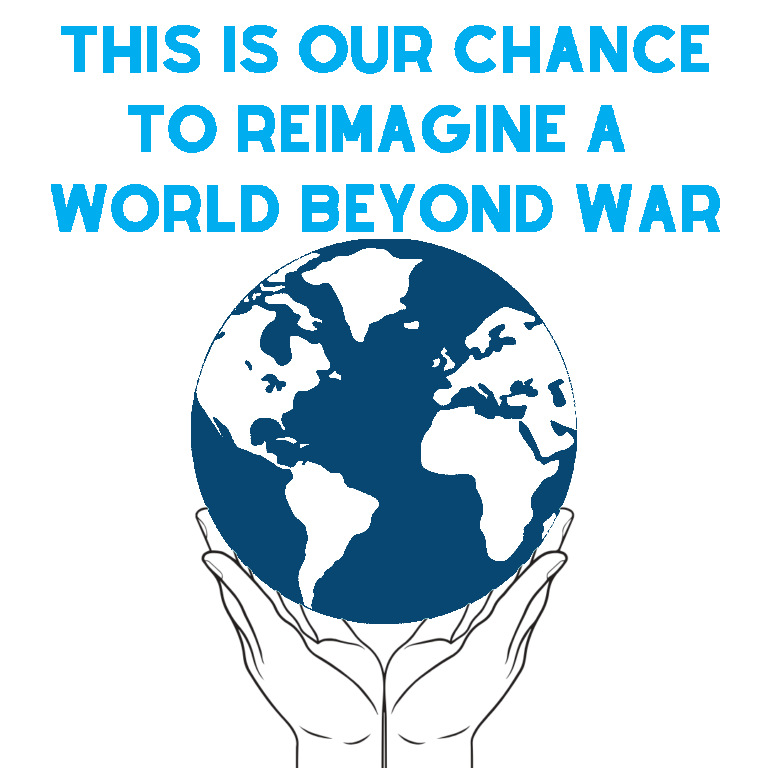
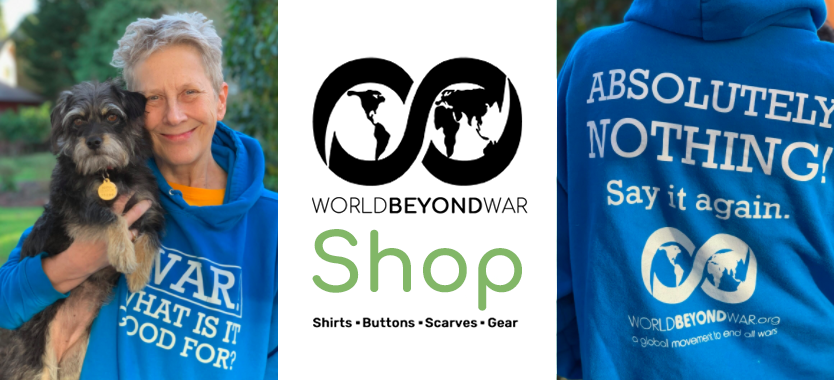
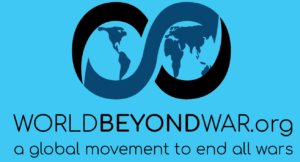
One Response
I liked this very much! Especially, a) the key is a vision, alternatives that help people see what could be done instead of war; b) focus not on condemning war criminals or the millions who support them but on showing them alternatives; c) be aware of the already rather broad and vast number of peace-oriented organizations here in the U.S. and around the world, and growing; d) gain access to and directly approach political leaders, journalists, to dialogue, on the assumption that most of them will be open to new possibilities, since they want the same thing we want: security and safety.